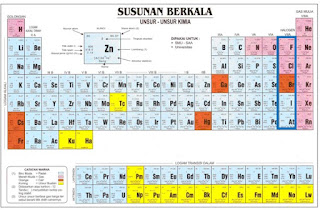Carbonates Mineral
Carbonate or also often written in chemical composition (CO3)2-, is an anionic compound found in nature. Combined element C or carbon with Element O oxygen. Rock carbon is defined as rock with more than 50% carbonate material which is composed of cemented clastic carbonate particles or crystalline carbonate from direct precipitation (Reijers, 1987). Jackson defines carbonate rocks as rocks whose main component is carbonate minerals with an overall weight of more than 50%. The carbon content in continental plates is very little.
A special feature of carbonate minerals is that, if HCl is dropped, it releases CO2 so bubbles or foaming occur.
The process of formation is the most through the sedimentation process that occurs on the surface, and the metamof process. At a meeting in the laboratory yesterday, I explained the sedimentation process in carbonate rocks. Carbonate rocks have certain criteria or depth requirements for rocks to form.
Dolomitization is the process of forming Dolomite minerals, because it absorbs Mg content into limestone. The occurrence of chemical reactions formed dolomite rocks as follows.
So that the mineral calcite reacts with Mg contained in the sea, another term for dolomitisai is Dissolution.
From the photo above illustrates that calcite minerals are in the nucleus, because some of the mineral calcite has been turned into dolomite.
Calcite
Useful as a cement additive, water filter
Siderit
As iron ore, because of its Fe content or iron it is almost 46%
As iron ore, because of its Fe content or iron it is almost 46%








Comments
Post a Comment